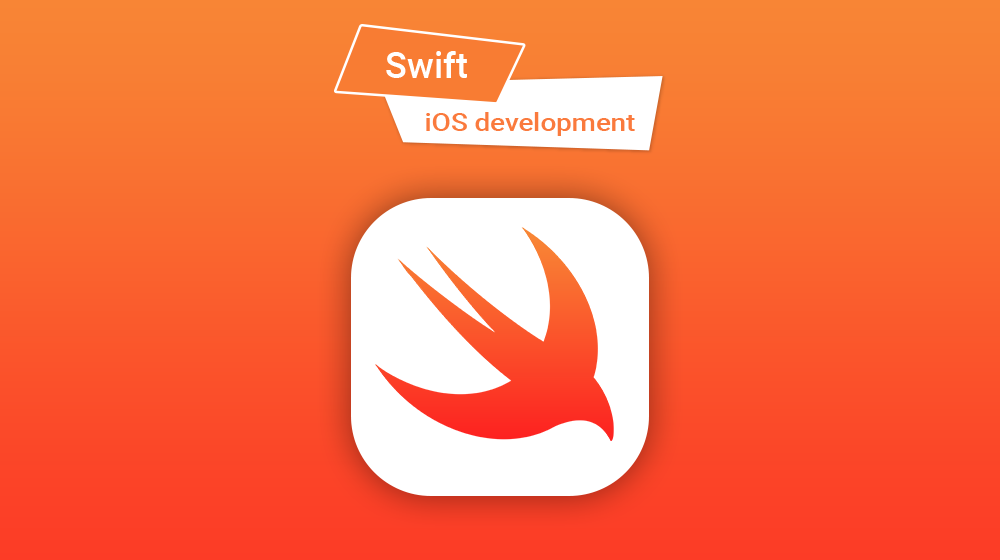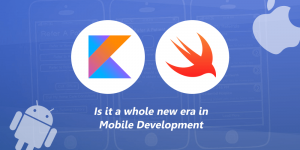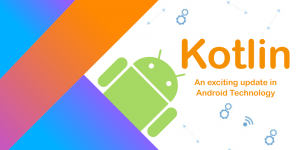
Objective C has been the king of the hearts of many developers. It evolved as a programming language and turned out to be the default programming language for NeXTSTEP, OS X and iOS. Towards future advancement Apple started working on Swift in the year 2010. Swift was being developed with an objective of competing Objective C especially in certain aspects like type, safety, security and better on hardware performance. So finally Apple successfully launched Swift 1.0 in September 2014.
Related Blog: Kotlin and Swift. Is it a whole new era in Mobile App Development?
With rapid advancement in the technology there has been increase in the programming languages too. With the evolution of new programming languages every the companies need to adapt changes in their working process. Most of us must have heard about Swift. If not, then this is the right time to do so.
Swift is the latest programming language from Apple which has proven to be a great supplement for Objective C. Swift is available for the iOS app development as well as OS X, watchOS, and TvOS apps too. Swift programming language is also very easy to learn and understand, considering which many students; entry level developers and long standing Mac and iOS developers are engrossed in learning this language to work in their development skills on Swift. The best feature of Swift is that it is accessible on the oldest devices of Apple and even for the newest or the upcoming ones. The latest version of Swift is found to be in the form of Xcode. Swift can also work along with Objective C which gives the developers an option of creating a mixed language app using both Swift and Objective C.
RELATED: 8 Key Benefits Of Hiring A Swift App Development Company
Since the evolution of Swift, many versions have been launched in the market. The version history of Swift is as follows:
- Mid 2010: Development of Swift initiated.
- July 17, 2010: First Swift was launched in the market.
- June 2, 2014: Apple announced Swift at WWDC 2014, giving developers a pre-release version of Swift and Xcode 6.
- September 15, 2014: Apple released Swift 1.0 with the Gold Master of Xcode 6.
- October 15, 2014: Swift 1.1 is released with Xcode 6.1.
- April 8, 2015: Swift 1.2 is released with Xcode 6.3.
- June 8, 2015: Apple announces Swift 2.0 at WWDC 2015, giving developers a pre-release version of Swift 2 and Xcode 7.
- September 15, 2015: Apple releases Swift 2.0 with the Xcode 7 Gold Master build.
- October 20, 2015: Apple releases Swift 2.1 with the release of Xcode 7.1.
- December 3, 2015: Apple announces the Swift 3.0 roadmap on GitHub.
- March 21, 2016: Apple releases Swift 2.2 with the release of Xcode 7.3.
- September 13, 2016: Apple releases Swift 3.0 with the release of Xcode 8.
- March 27, 2017: Apple releases Swift 3.1.
- June 5, 2017: Apple announces Swift 4.0 at WWDC ’17.
When apple launched Swift 2.0 at WWDC’15, Swift was upgraded with varied features and refinements. Swift 2.0 was featured with open source and Linux port available. Safer version and Swiftier SDKs added to this it had a new error handling model which was based on the usage of try, throw and catch keywords.
The launch of Swift 3.0 at WWDC’16 created a major impact on the market. In order to avoid the use of Language NS prefixes and other Objective-C holdovers Swift 3.0 was helpful. Swift Package Manager was added inorder to make the management of dependencies easy and convenient.
Finally the latest version, Swift 4.0 was launched at WWDC’17 and was released in the beta form. Swift 4.0 is featured with new codeable protocol that gives an allowance on easy serialization of data wrapped in structs. Breaking of the string literals in multiple lines is now possible with Swift 4.0.






